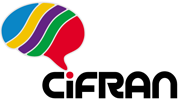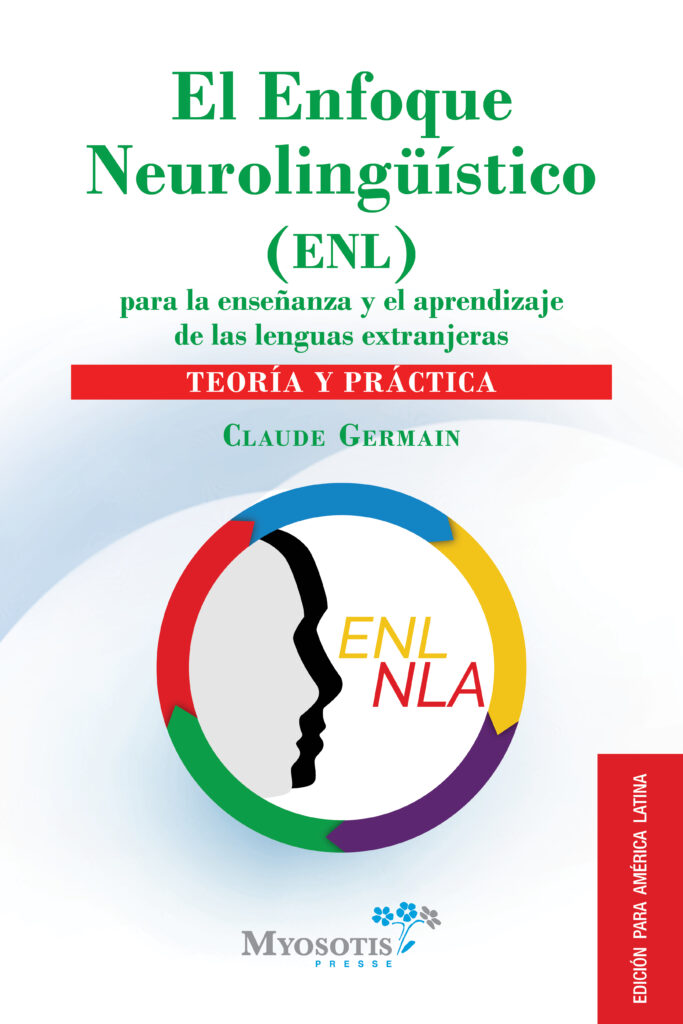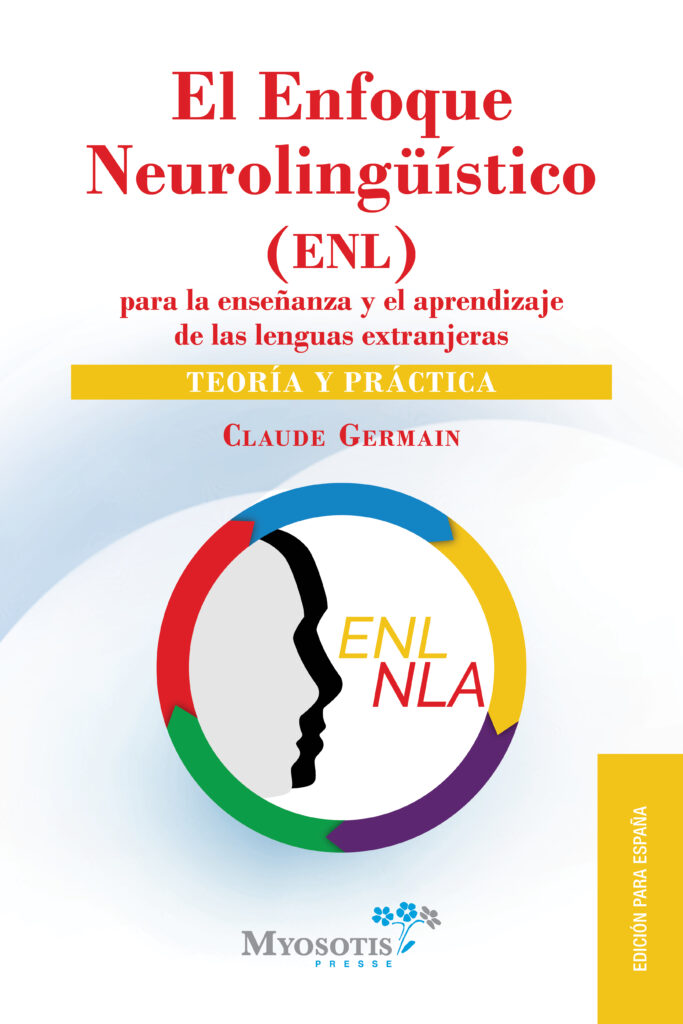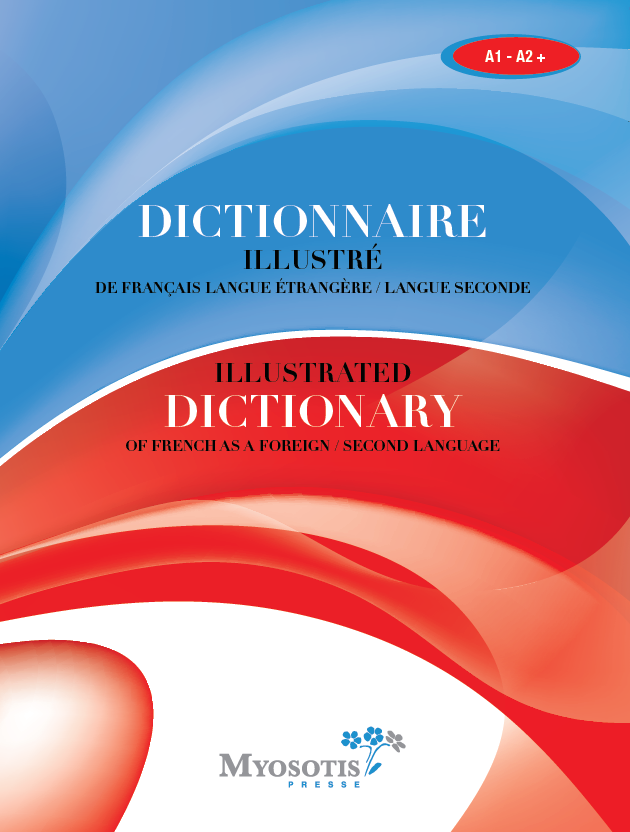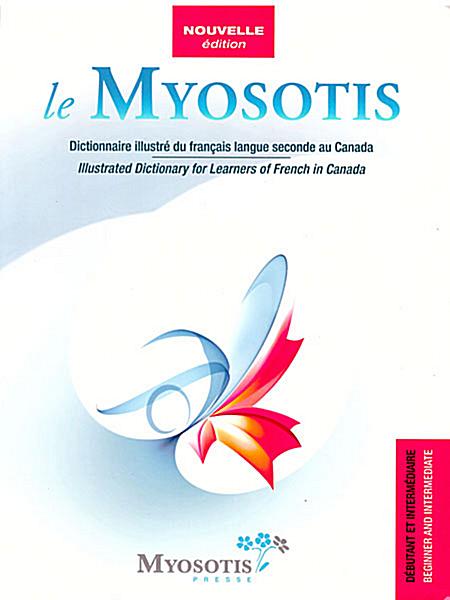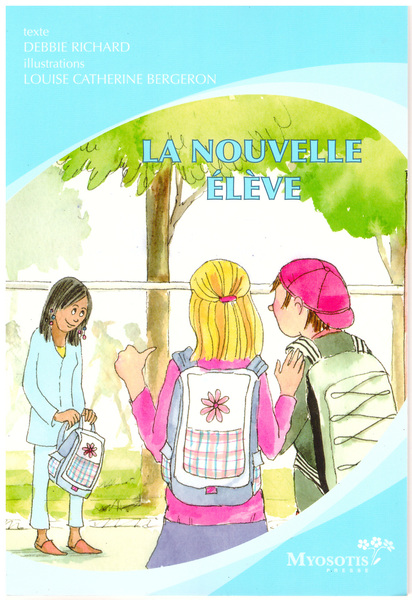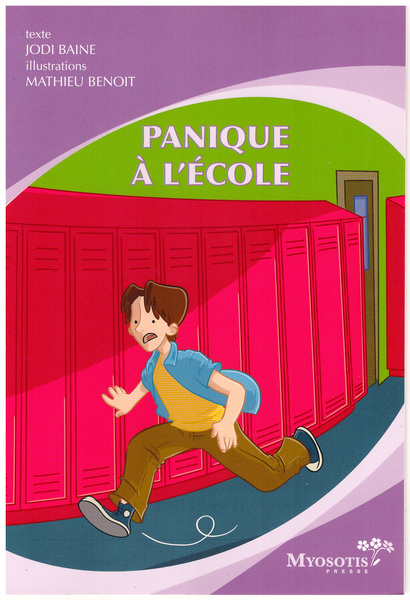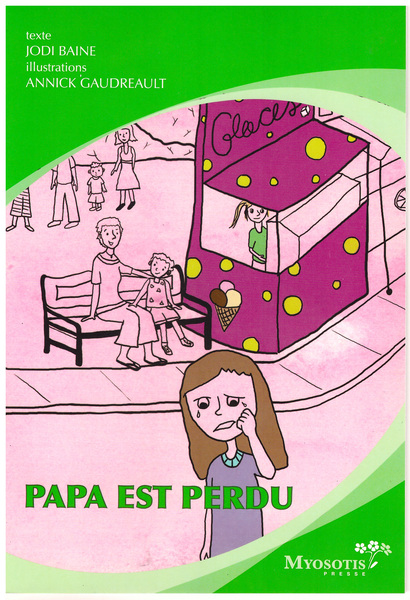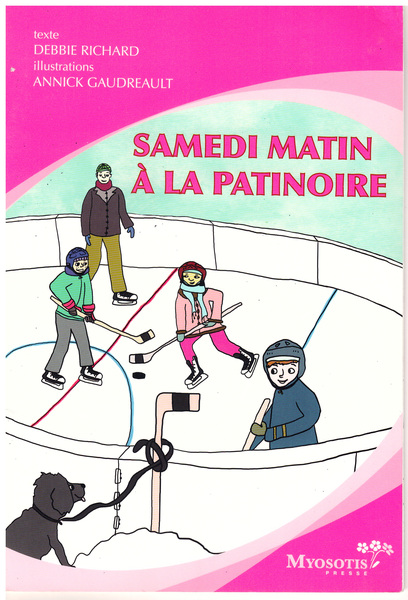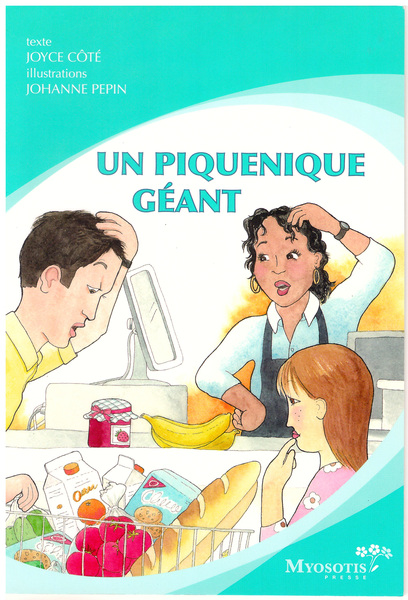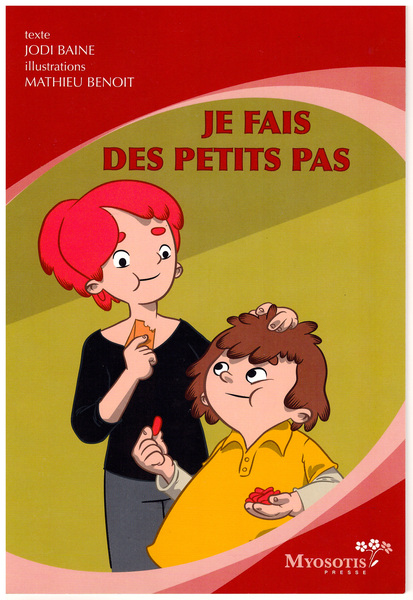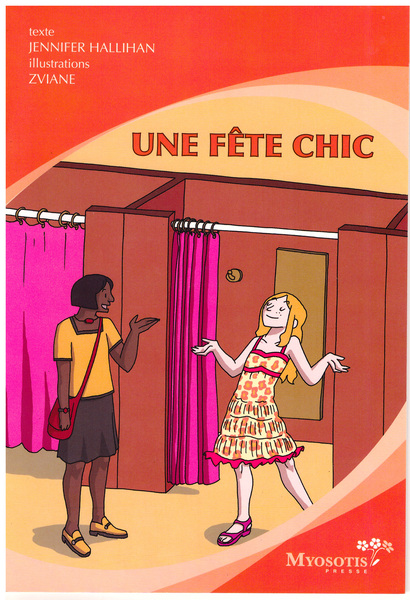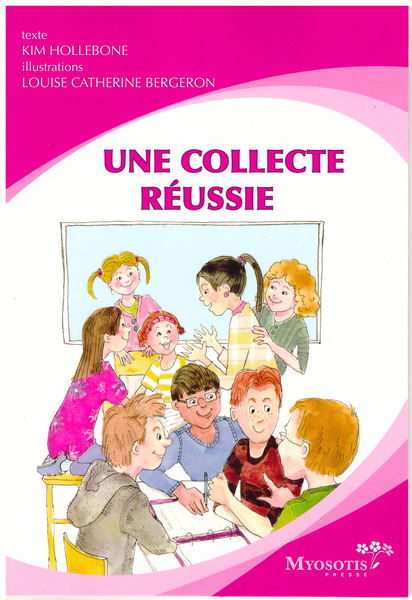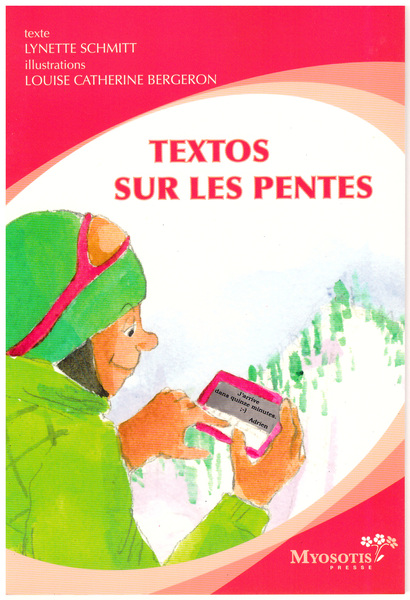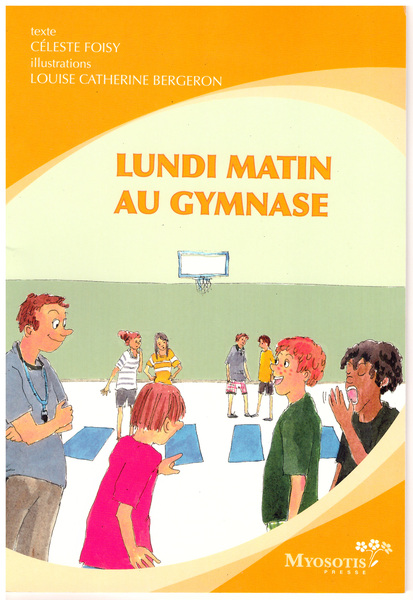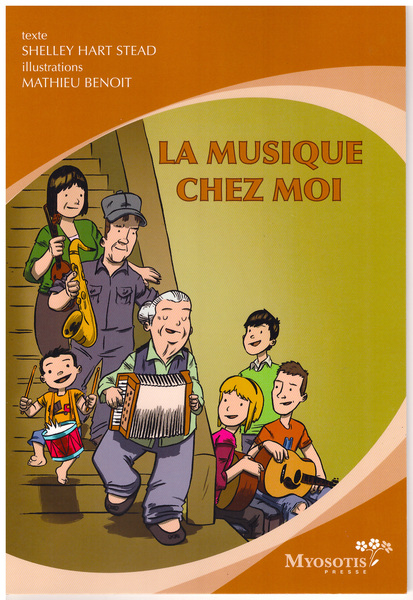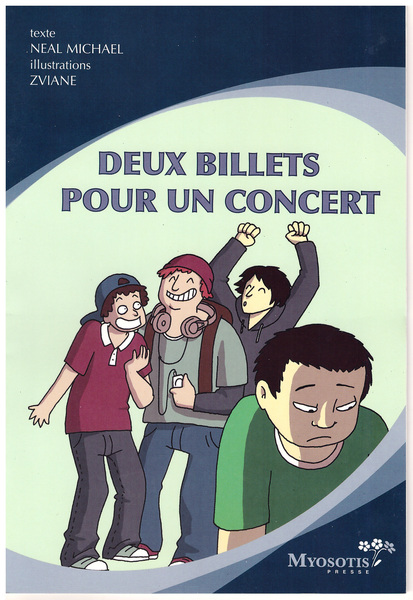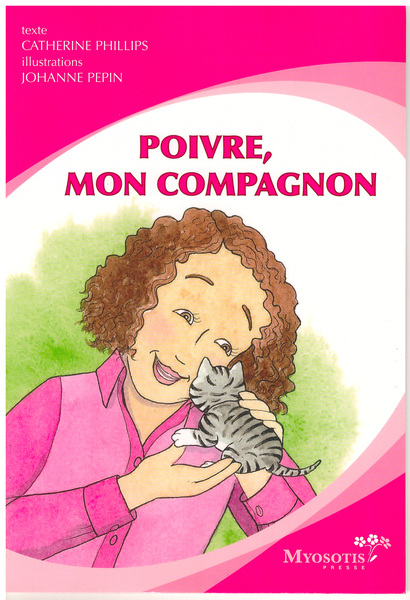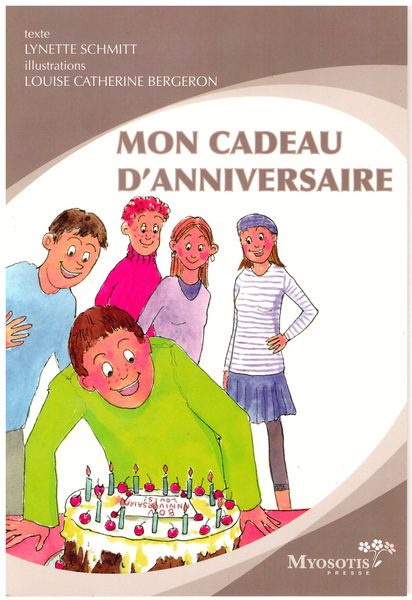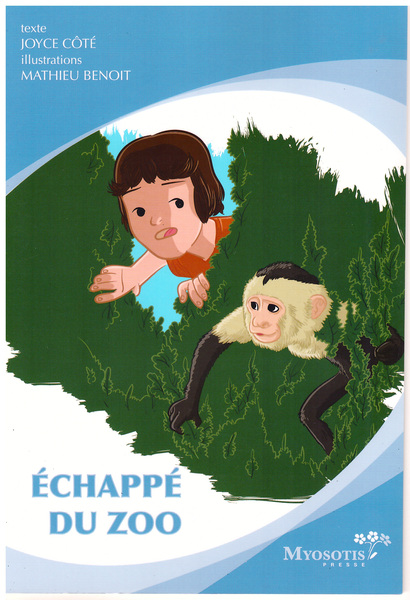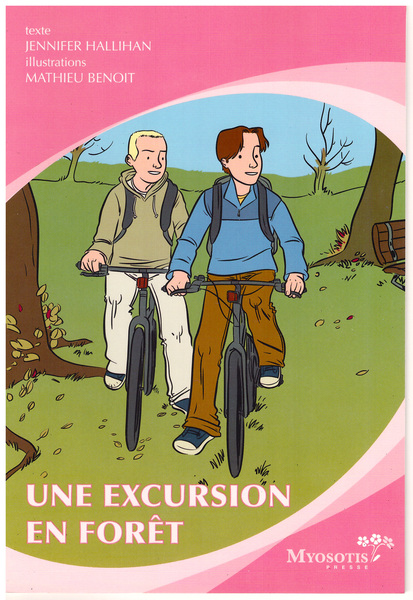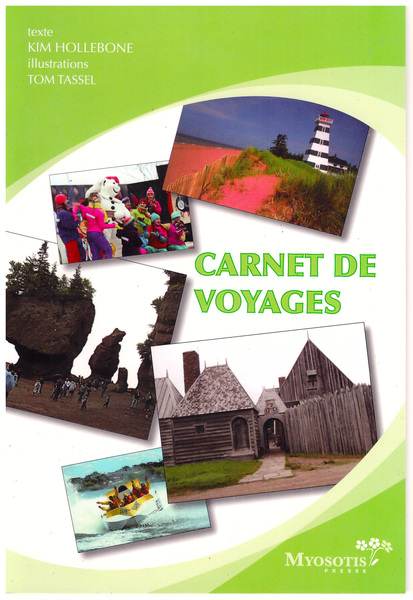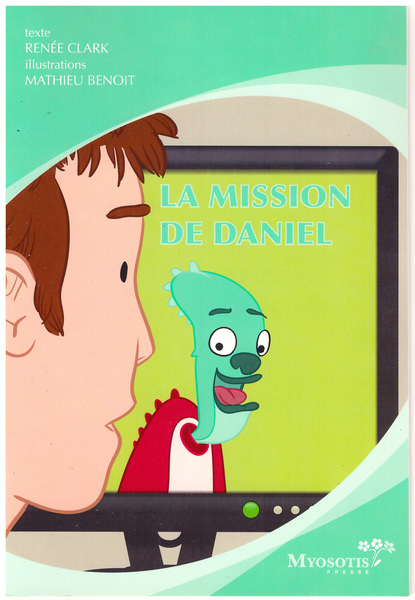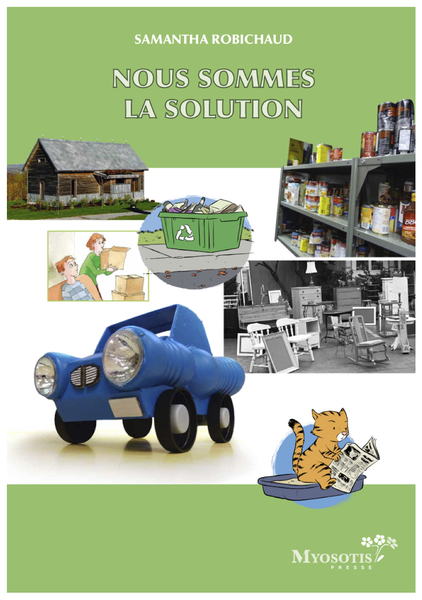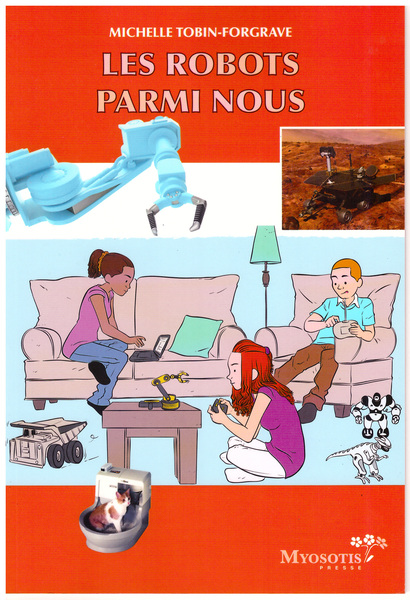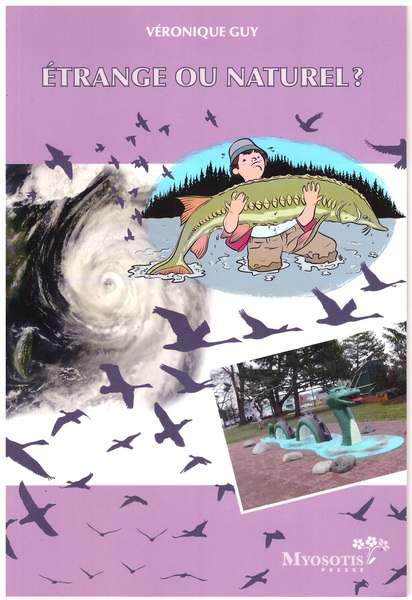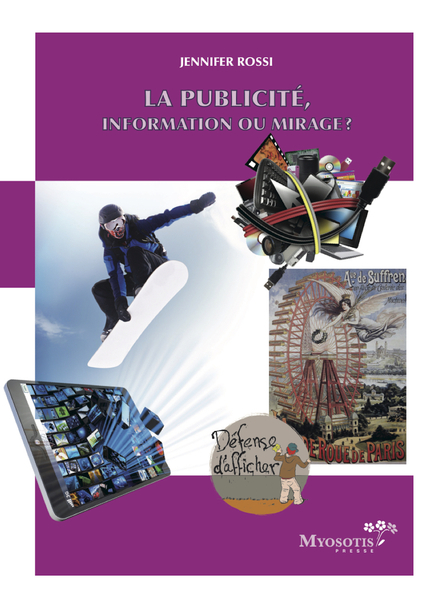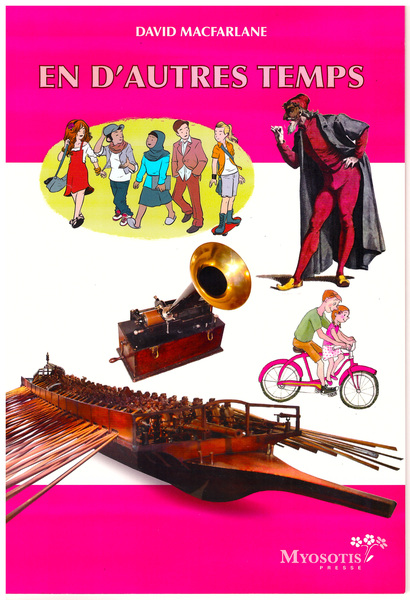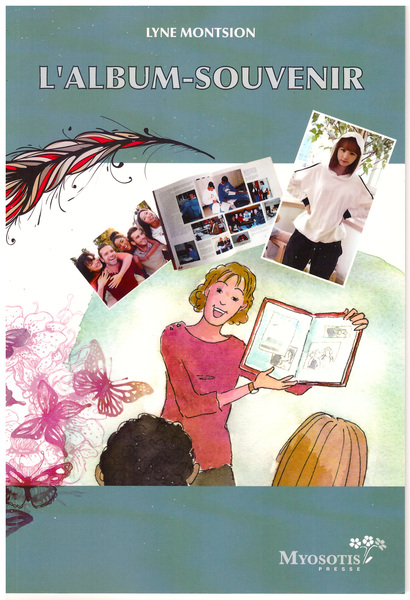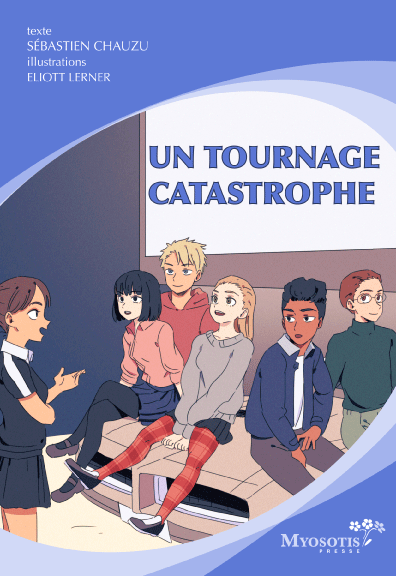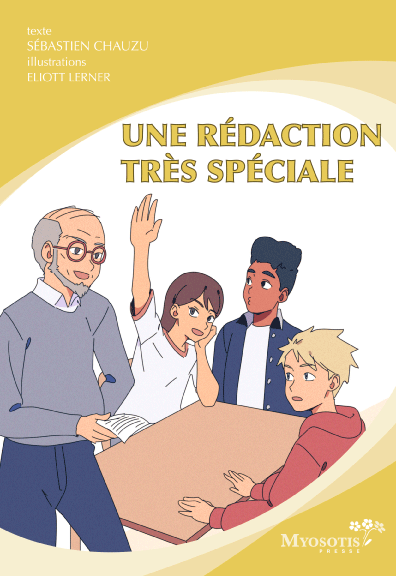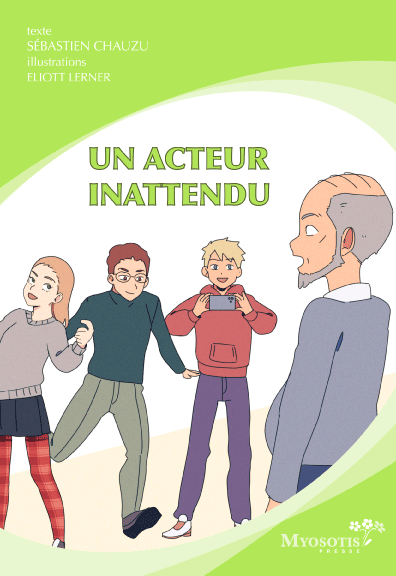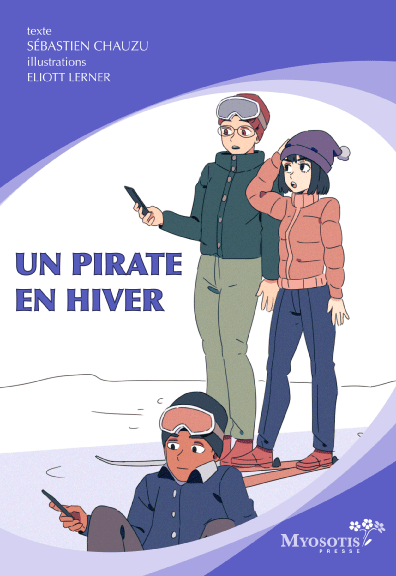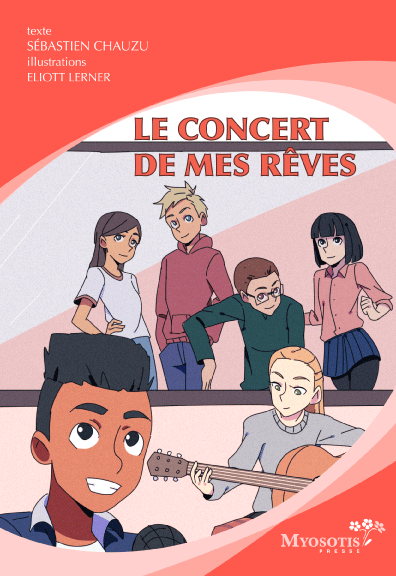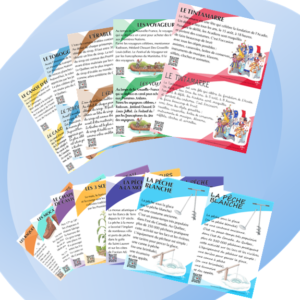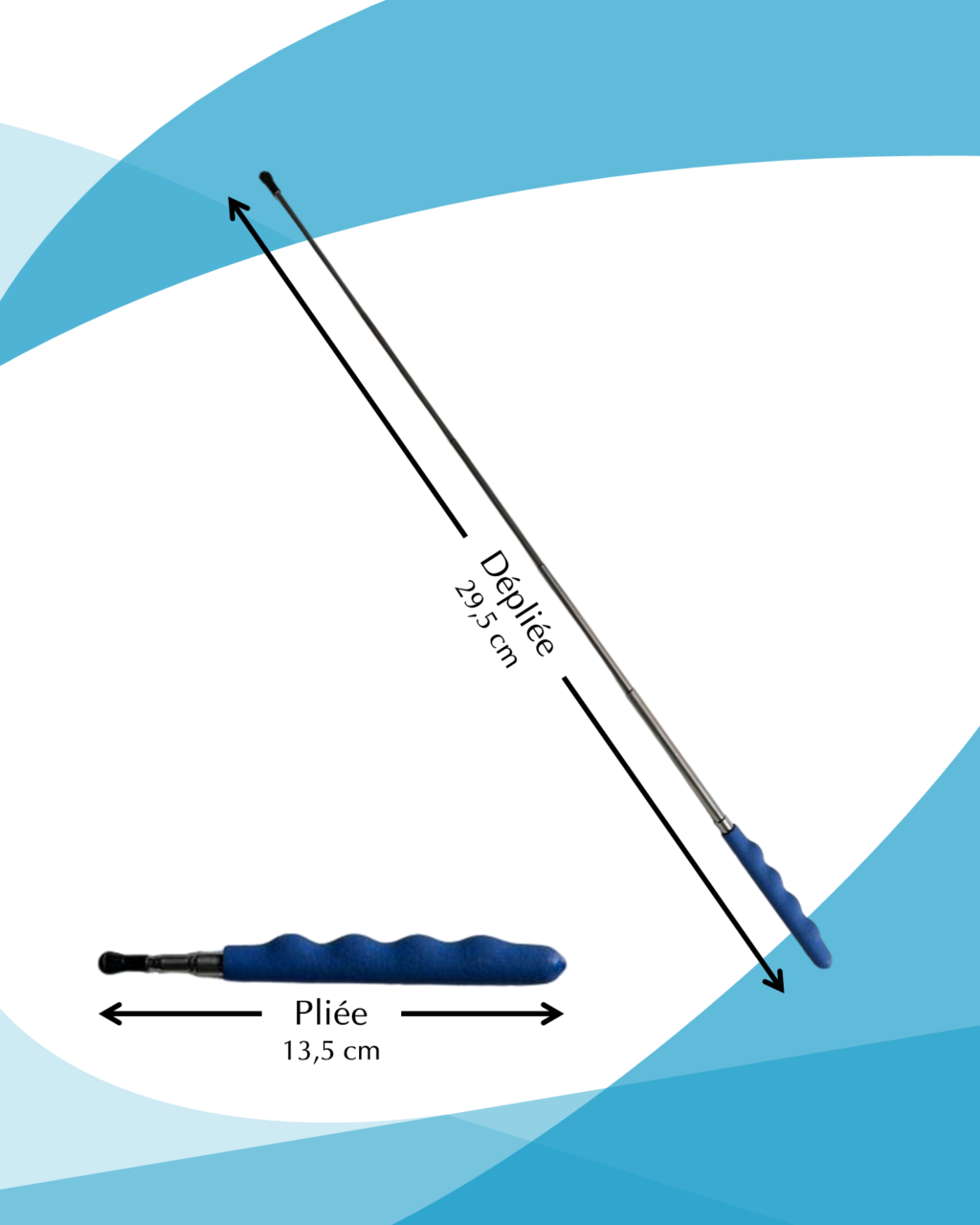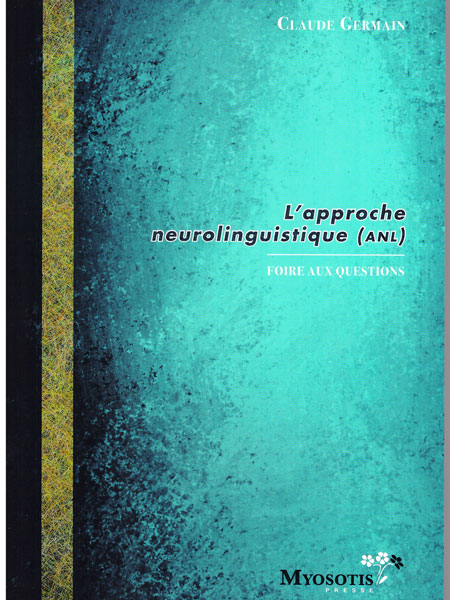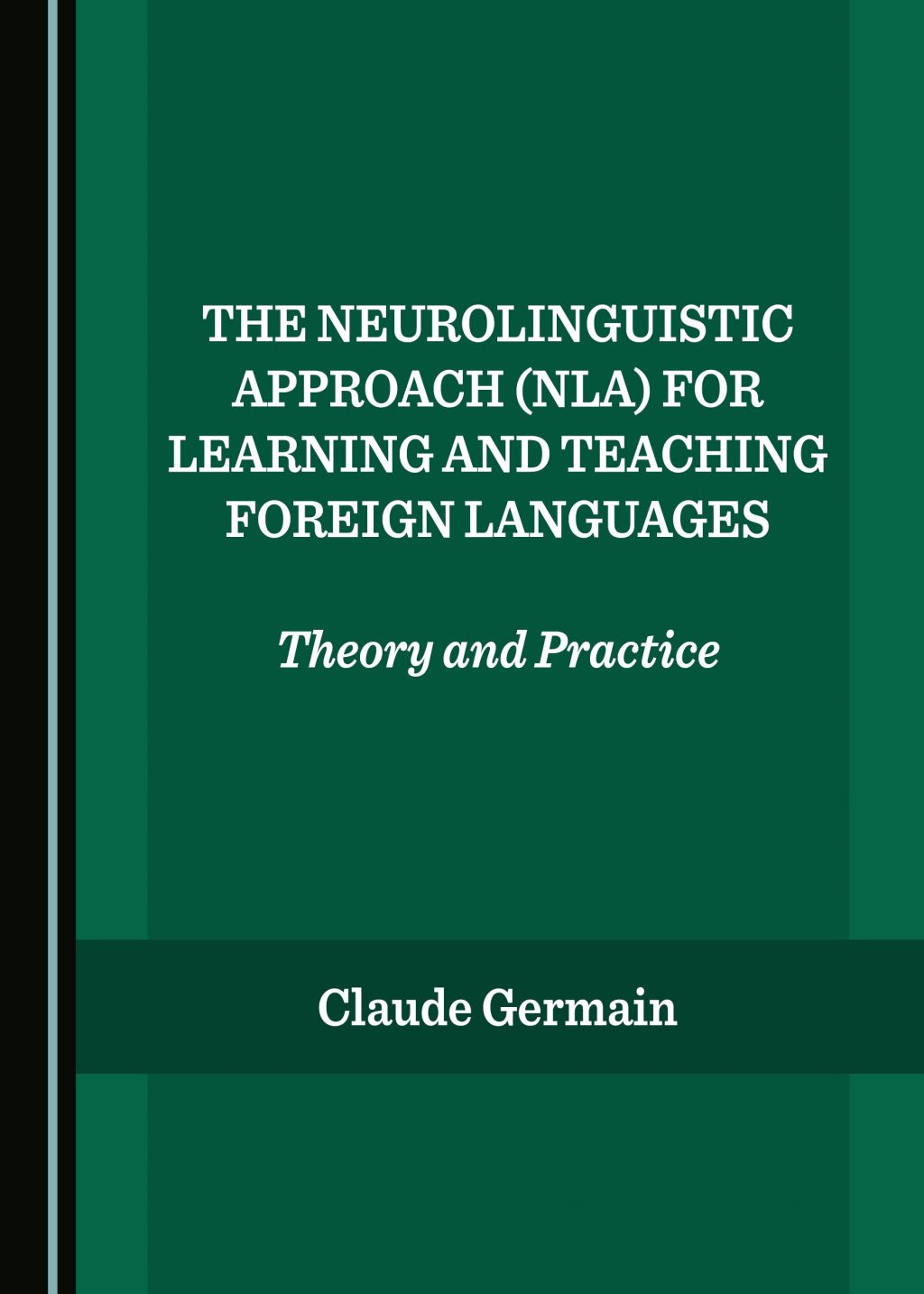El Enfoque Neurolingüístico (ENL) para la enseñanza y el aprendizaje de las lenguas extranjeras – Edición para América Latina
Usuals : Grammar, Dictionary
The Illustrated Dictionary of French as a Foreign Language/Second Language is intended for young adults and adults whose mother tongue is not French but who have chosen to learn French as a foreign language, second language or host language (francization).
This unique model adopted by the Illustrated Dictionary of French as a Foreign Language/Second Language, is borrowed from the Myosotis dictionary, whose success in Canada confirms the interest in a reference tool focused on learning.
- A learning and reference Francophone dictionary
- Intended for adult and young adult learners of French as a foreign language, second language or host language (francization)
- Developed from a corpus of FFL ∕FSL textbooks used around the entire world
- In accordance with linguistic contents suggested for the A1 and A2 levels of CEFRL and required for the DELF A1 and A2
- Approximately 9,000 entries and more than 12,000 sample sentences drawn from the corpus
- Conjugation and grammar tables
- Phonetic transcriptions of the entries
- Conjugated forms of common and irregular verbs appear at their entry
- 74 illustrated cultural vignettes
- English-French index
- Geographic maps of the entire Francophonie
Author: Clément Beaudoin
New Edition
The first FSL dictionary entirely developed in Canada.
Designed for 9 to 15 year old learners of French.
| → | over 11 000 entries |
| → | 13 000 sample sentences with their English equivalent |
| → | comprehensive English-French index |
| → | grammatical agreements |
| → | conjugation keys |
| → | about 1500 synonyms and antonyms |
| → | 37 grammar charts |
| → | 331 language notes |
| → | 84 cultural vignettes |
| → | over 300 illustrated words and picture pages in colour |
Author: Clément Beaudoin
Clé de l’orthographe des verbes français aux temps usuels
To mark the 100 000th copy of the CLÉ, a third edition uses the same innovative formula that was acclaimed throughout the Francophonie for over 30 years.
- a practical method to spell verbs: first, find the verb in the alphabetical list of all the French verbs and refer to the table of endingson the flaps of the first and last page (‹- or -›)
- Then simply add the appropriate ending to the stem of the verb
- Take the rule into consideration for the irregular verbs
- Complies with the Nouvelle orthographe
Author: Clément Beaudoin
Collection Littératie I of Myosotis Presse
18 readers designed for 9-12 year old FSL students
Introduction to the Collection Littératie I of Myosotis Presse
Written by experienced French teachers from across Canada, for Core and Intensive French students.
Edited by Claude Germain and Joan Netten, designers of the Intensive French program.
Based on a conception of literacy specific to the second-language learning, i.e. to READ is to recognize in print what can already be SAID in the language.
The readers in the Collection Littératie I of Myosotis Presse will enable teachers…
- to help students understand the relationships between sounds and spelling of French
- to assist students in developing direct reading strategies
- to involve students in higher-order thinking tasks
- to apply known literacy strategies to second-language learning
NEW
All the books in the Collection Litteratie I of Myosotis Presse can now be accompanied by a Narrated Package (audio and video). Ideal during the current quarantine. See Audio/video Narrated Packages below.
Titles and Themes
The readers in the Collection Littératie I of Myosotis Presse…
- respect the cognitive development of the learners
- reflect the level of second language proficiency of the learners
- are designed to teach students to read directly in French
- are conceived to avoid translation: does not contain vocabulary lists or lexicons
- rely on illustrations carefully designed to support learner comprehension
- present a variety of narrative and informative texts
- explore the themes typically associated with FSL programs
For each reader, a Teaching Package is available and includes:





*On USB key
For information → The Teaching Package includes:
- a teaching plan for each text, in line with the Neurolinguistic Approach
- practical suggestions for oral development in the pre-reading phase
- effective practices to ensure re-reading of the text
- introductory activities for teaching grammar in context
- enrichment activities that foster learner creativity during the post-reading phase
For each reader, a Narrated Package* is available and includes:



*This product is sold under a classroom license.
Contact us: info@myosotis.ca
Collection Littératie II of Myosotis Presse
6 readers designed for 12-15 year old FSL students
Introduction to the Collection Littératie I of Myosotis Presse
The readers of the Collection Littératie II of Myosotis Presse are written by experienced French teachers, for 12-to-15 year old FSL students : Immersion, Extended French and Post-Intensive French.
Edited by Claude Germain and Joan Netten, designers of the Intensive French program.
Based on a conception of literacy specific to the second-language learning.
The readers in the Collection Littératie II of Myosotis Presse will enable teachers…
- to continue the development of an internal grammar
(non conscious) - to assist students in developing direct reading strategies
- to involve students in higher-order thinking tasks
- to apply known literacy strategies to second-language learning
- to present various types of texts
- to facilitate the learning of external (conscious) grammar
NEW
All the books in the Collection Litteratie II of Myosotis Presse can now be accompanied by a Narrated Package (audio and video). Ideal during the current quarantine. See Audio/video Narrated Packages below.
The readers in the Collection Littératie II of Myosotis Presse…
- respect the cognitive development of the learners
- reflect the level of second language proficiency of the learners
- are designed to teach students to read directly in French
- are conceived to avoid translation: does not contain vocabulary lists or lexicons
- rely on illustrations carefully designed to support learner comprehension
- present a variety of narrative and informative texts
- explore the themes typically associated with FSL programs
For each reader, a Teaching Package is available and includes:





*On USB key
For information → The Teaching Package includes:
- a teaching plan for each text, in line with the Neurolinguistic Approach
- practical suggestions for oral development in the pre-reading phase
- effective practices to ensure re-reading of the text
- introductory activities for teaching grammar in context
- enrichment activities that foster learner creativity during the post-reading phase
For each reader, a Narrated Package* is available and includes:



*This product is sold under a classroom license.
Contact us: info@myosotis.ca
Collection Littératie III of Myosotis Presse
6 livres de lecture destinés aux élèves de FLÉ/FLS de 12 à 18 ans
Présentation de la collection
Les livrets de lecture de la collection Littératie III sont rédigés à l’intention des élèves de 12 à 18 ans par des enseignants de français d’expérience, praticiens de l’approche neurolinguistique d’enseignement des langues.
Sous la direction de Olivier Massé, Steeve Mercier et Joan Netten.
Fondée sur une conception de la littératie spécifique à la classe de langue seconde.
La collection Littératie III s’inscrit dans la succession des collections Littératie I & II proposées aux jeunes lecteurs par Myosotis Presse. Elle propose six lectures captivantes et riches en enseignement aux apprenants de français langue seconde/étrangère.
Les personnages, des camarades de classe originaires de divers milieux culturels, vivent toutes sortes d’aventures et se retrouvent confrontés à des problèmes auxquels se heurtent la plupart des adolescents, ce qui permet aux jeunes lecteurs de s’identifier à eux.
Les thématiques abordées telles que la musique, la technologie, l’amitié et les relations amoureuses rejoignent la jeunesse d’aujourd’hui, tout en impliquant les lecteurs sur les plans émotionnel et cognitif au niveau narratif. Il en va de même avec les illustrations, qui, sur le plan esthétique, s’inspirent du style manga, très populaire chez les adolescents.
En observant les expressions et les gestes des personnages, les élèves apprennent à décoder à la fois les messages verbaux et non verbaux. Les textes, soigneusement rédigés par des enseignants d’expérience travaillant avec des adolescents depuis plusieurs années, ont été élaborés pour répondre à leurs besoins. En plus de respecter les exigences scolaires, ces textes présentent une variation de registres de langue : dans les dialogues, les adolescents utilisent un langage familier qui est ponctué d’interjections propres à leur milieu ; dans le texte descriptif, on trouve un langage plus soutenu, nécessaire à l’apprentissage académique.
Ces outils d’apprentissage de lecture au niveau intermédiaire ont été élaborés pour pouvoir être exploités en classe à n’importe quel niveau, dès lors que l’enseignant désire appliquer les stratégies d’enseignement de l’Approche Neurolinguistique d’enseignement des langues (ANL). En outre, les liens entre les histoires et les personnages, que le lecteur retrouvera dans chacun des six volumes, donnent à l’enseignant l’occasion de faire de nombreux rappels afin de stimuler la mémoire de ses apprenants.
Les titres et les thèmes
Les livres de la collection Littératie III sont :
- conçus pour tenir compte du développement cognitif des élèves
- adaptés à leur niveau de compétence en langue seconde
- créés pour permettre aux élèves de lire directement en français
- conçus pour éviter la traduction : ne comportent pas de listes de vocabulaire ni de lexique
- illustrés avec soin pour aider les élèves à faire le lien entre les images et le texte
- constitués de textes narratifs
- en lien avec les thèmes courants en FLS
Educational Posters
Educational Posters
The Collection of Educational Posters by Myosotis serve to enrich classrooms in a useful, intelligent and inspiring way. They promote an awakening to First Nations’ and North American Francophones’ cultures and guide literacy development: the capacity to speak, read, write and to foster a critical sense before the rich and complex world which surrounds us.
Taken from the le Myosotis dictionnary, the 11 posters of the collection come from the cultural capsules found in le Myosotis Dictionary, measure 12 X 18 inches (30,48 cm x 45.72 cm) and are double-sided. On one side they are in a print font while the other side is in cursive writing.
They also come with a pedagogical set containing suggested activities and MP3 audio files (male and female voices with a natural accent) to download (for download information contact us at info@myosotis.ca).
– L’érable à sucre :
Couleur de fond : brun
Thématique : nourriture, Premières Nations, colonisation française, emblème
Texte : L’eau de certains érables contient de 2 à 5 % de sucre. Au début de chaque printemps, on fait bouillir cette eau pour obtenir du sirop. Il faut entre 30 et 45 litres d’eau d’érable pour obtenir un litre de sirop. La technique de fabrication du sirop est connue des
Amérindiens avant d’être maîtrisée par les colons français. Le Québec est le plus important producteur de sirop d’érable au monde. L’érable est reconnu comme arbre-emblème du Canada depuis 1996.
– La pêche à la morue :
Couleur de fond : mauve
Thématique : pêche, nourriture, colonisation française
Texte : La morue atlantique est pêchée sur les Bancs de Terre-Neuve depuis le 15e siècle. La pêche à la morue a favorisé l’implantation
de nombreux villages et ports de pêche, dans le golfe du Saint-Laurent et sur les côtes de l’océan Atlantique.
– Le canot d’écorce :
Couleur de fond : bleu
Thématique : loisirs, sport, extérieur, transport, Premières Nations
Texte : Le canot d’écorce était le principal moyen de transport des Amérindiens nomades et des trappeurs du nord de l’Amérique. Bien adapté à la navigation sur les rivières et les lacs, le canot a été un instrument essentiel à l’exploration du Canada et de l’Amérique du
Nord. Le canot traditionnel était fabriqué avec de l’écorce de bouleau.
– Le chapeau de castor :
Couleur de fond : vert
Thématique : animal, vêtement, colonisation française, emblème
Texte : Aux 17e et 18e siècles, les chapeaux de feutre étaient fabriqués avec la fourrure des castors. Ce gros rongeur occupait une place importante dans l’économie. Il a provoqué de grandes rivalités entre les Français et les Anglais. Le castor est l’animal-emblème du Canada.
– Les raquettes :
Couleur de fond : orange
Thématique : loisirs, sport, extérieur, transport, Premières Nations, colonisation française
Texte : Les peuples amérindiens du Canada utilisaient des raquettes pour voyager en hiver. Elles sont rapidement adoptées par les coureurs des bois et les travailleurs de la forêt. Il existe plusieurs types de raquettes, dont la forme varie selon les conditions de neige. La raquette est devenue un sport très populaire au 19e siècle.
– Le Tintamarre :
Couleur de fond : rouge
Thématique : fête, extérieur, vêtement, colon, emblème
Texte : Le Tintamarre est une fête qui célèbre la fondation de l’Acadie. Un défilé a lieu tous les ans, le 15 août, à 18 heures. Pendant le défilé, les Acadiens sont maquillés et portent des costumes. C’est l’occasion de faire beaucoup de bruit avec tous les objets possibles : assiettes, casseroles, boîtes de conserves, instruments de musique, klaxons, sifflets, cloches et sonnettes.
– La pêche blanche :
Couleur de fond : mauve
Thématiques : loisir, sortie, pêche, nourriture
Texte : La pêche sous la glace (ou la pêche blanche) est une coutume ancienne. C’est un passe-temps très populaire dans l’est du Canada. Au Québec, plus de 350 000 pêcheurs pratiquent cette activité sur les lacs et les rivières. L’équipement du pêcheur est simple : une tarière pour percer la glace, une canne à pêche (ou une brimbale), une écumoire et des appâts.
– Le toboggan :
Couleur de fond : bleu
Thématique : loisirs, transport, Premières Nations
Texte : Avant l’invention de la motoneige, le toboggan était un moyen de transport des marchandises et des personnes. Les autochtones fabriquaient le toboggan à partir de minces planches de bouleau recourbées. Aujourd’hui, le toboggan est une activité appréciée par les jeunes de tous les âges. La plus célèbre glissade de toboggan est située près du Château Frontenac à Québec.
– Les 3 soeurs :
Couleur de fond : orange
Thématique : agriculture, nourriture, Premières Nations
Texte : Le maïs, le haricot grimpant et la courge sont les « trois sœurs » cultivées traditionnellement par les Amérindiens.
– Les mocassins :
Couleur de fond : rouge
Thématique : vêtement, Premières Nations, colonisation française, transport
Texte : Les mocassins sont les chaussures traditionnelles des Amérindiens. Ils ont une semelle souple, idéale pour la marche en forêt et la raquette. Au 17e siècle, les mocassins sont adoptés par les voyageurs et les colons canadiens-français.
– Les voyageurs :
Couleur de fond : vert
Thématique : voyage, Amérindien, autochtone, colon, festival
Texte : Au temps de la Nouvelle-France, le voyageur est un aventurier qui se déplace en canot pour acheter des fourrures aux Amérindiens. Parmi les voyageurs célèbres, mentionnons Pierre-Esprit Radisson, Médard Chouart Des Groseilliers, Jean Nicolet et Louis Jolliet. Le Festival du Voyageur est organisé tous les ans par les francophones du Manitoba. Il fait revivre l’époque des voyageurs.
Telescopic pedagogical wand
Telescopic pedagogical wand
Compared to the “laser pointer”, the wand (whether it is a wooden or metal rod) has a definite advantage for teaching reading. It is not simply used to indicate where to look at an area or element, but it also makes it possible – and above all – to facilitate the teacher’s work by helping the learner to associate the relationships between sounds and the graphic signs that represent them.
Since reading requires a path of the eye on a graphic line, the rigid rod makes it possible to follow much better, with the guidance of the hand rather than with a laser, the unfolding of the signs that must be correlated to the voice.
A free pedagogical sheet is available in PDF format. Click here to download it.
Methodology : The Neurolinguistic Approach (NLA)
L’Approche Neurolinguistique (ANL)
A must for all second or foreign language teachers!
Indispensable reading and reference work for all practitioners of the Neurolinguistic Approach (NLA), this book by Claude Germain, co-founder of the NLA, answers most of the questions that FSL / FLE teachers are asking about this approach.
The Neurolinguistic Approach(NLA), known in Canada as Intensive French, celebrates its 20th anniversary. In order to mark this special event, Dr Claude Germain, author of NLA with Dr Joan Netten, publishes a popular scientific work in which he presents the founding principles of a new paradigm, which already has an important impact on second language education. It is geared towards actual and future second or foreign language teachers, and specialists in second language education. The book is written in a FAQ format in order to answer the most frequently asked questions in NLA teacher training sessions.
Already adopted in several countries in Asia, Europe and America, the ANL, thanks to its foundations in cognitive neurosciences, constitutes a major contribution to the evolution of language learning / teaching.
Author: Claude Germain



